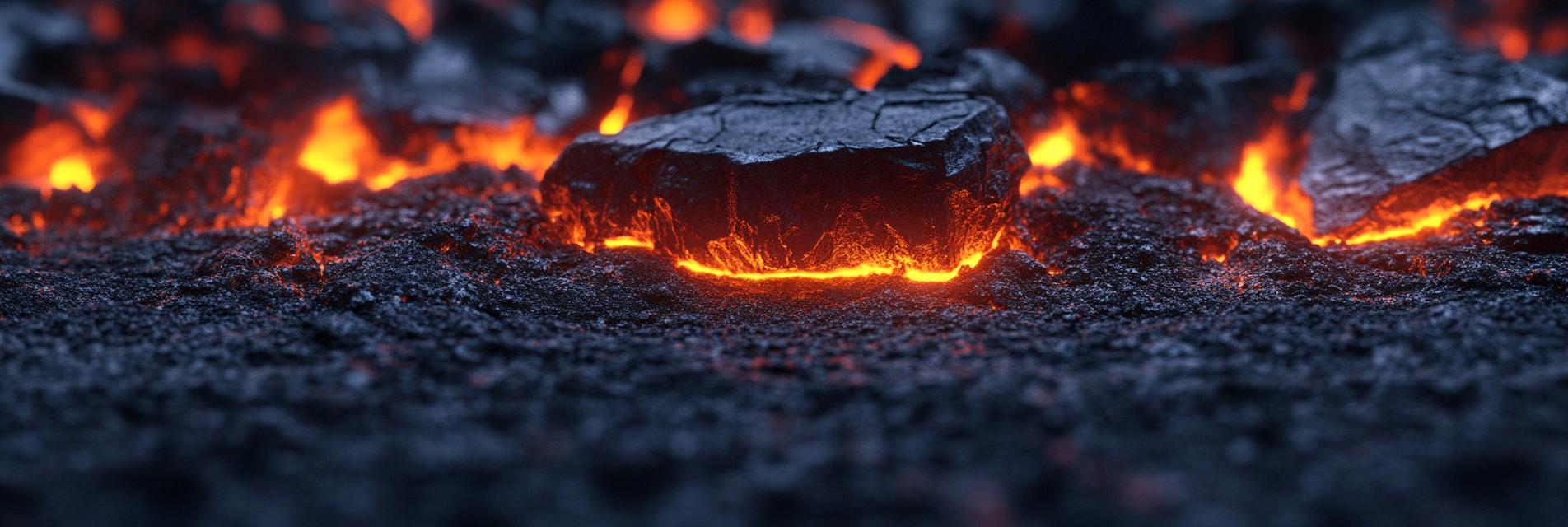Industrial induction furnaces have become indispensable in the metal melting and processing industry. The efficiency of these furnaces largely relies on the quality of the refractory materials used. This article delves into the significance of refractory materials in enhancing melting efficiency, ensuring durability, and reducing operational costs.

Refractory materials serve as a critical barrier between the molten metal and the furnace structure. They must withstand extreme temperatures while maintaining structural integrity. High-quality refractory materials can enhance melting efficiency by providing better heat retention and minimizing heat losses.
Recent advancements in refractory technology have led to the development of materials that not only resist high temperatures but also improve thermal conductivity. These innovations allow for faster melting times and lower energy consumption, resulting in significant cost savings for industrial operations.
Durability is a paramount concern in the selection of refractory materials. Products designed to endure the rigors of continuous operation in high-temperature environments can drastically reduce the frequency of maintenance and downtime, thus increasing overall productivity.

In conclusion, selecting the right refractory material for industrial induction furnaces is crucial for achieving optimal melting efficiency, enhancing durability, and reducing operational costs. As the industry evolves, embracing innovative refractory solutions will be key to maintaining a competitive edge in the market.
